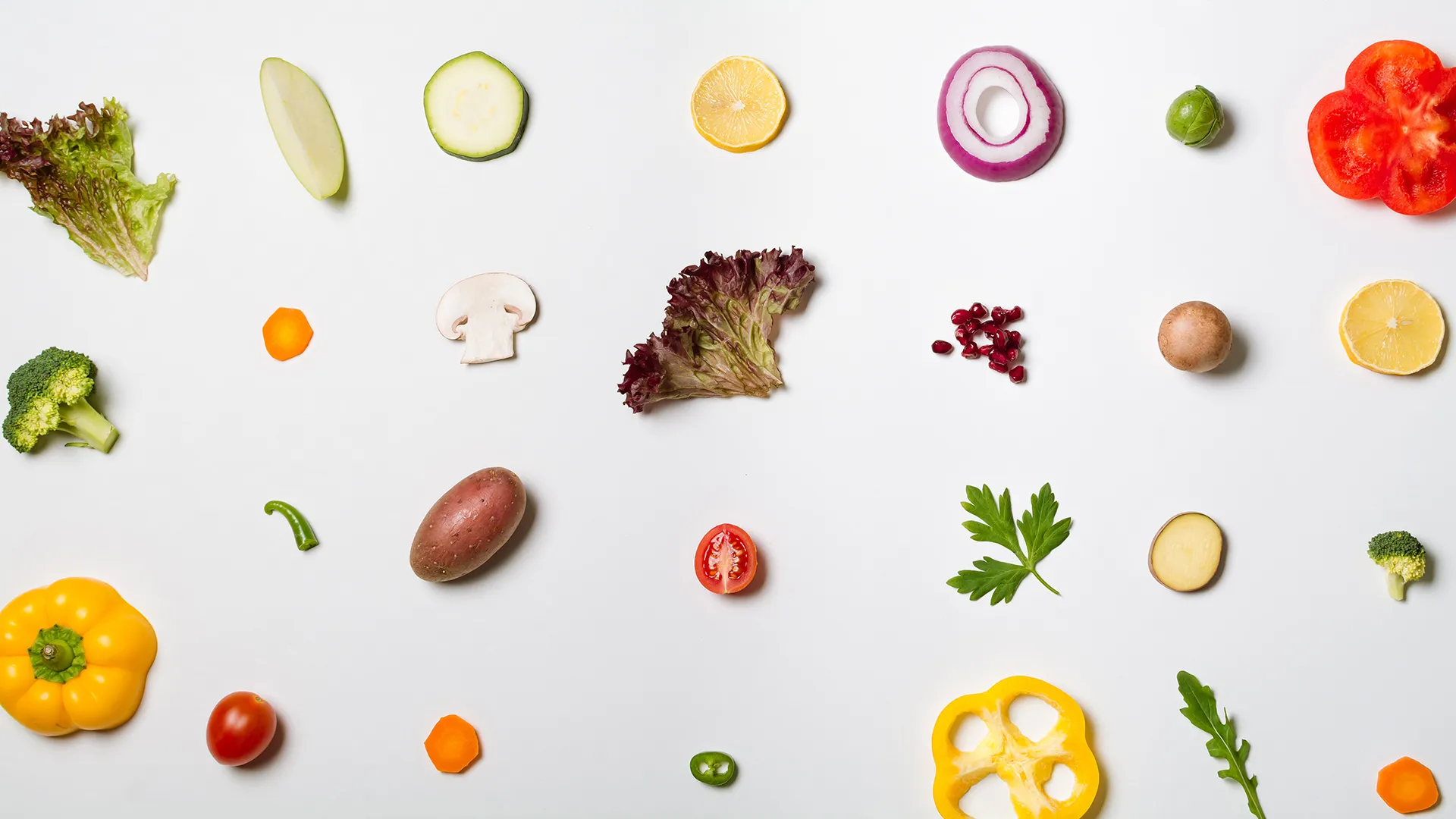

The future of food and beverage as relayed by the magazines

The design, architecture, lifestyle and culture magazines are talking about food design, picking up on the kitchen trends that will greatly influence both the convivial areas of our homes and the great global systems.
Our thinking around food has undergone one of the most drastic revolutions imaginable. While until 15 or so years ago we thought our homes would evolve with kitchen spaces shrinking in favour of time spent in cafés and restaurants, thanks to television programmes, the promotion of healthy lifestyles, the rediscovery of local biodiversity, the hype around stellar chefs and finally (last but not least) food-related considerations to be kept in mind for combating climate change, food and conviviality have acquired an even more central role in the life of consumers.
Design has also had a large part to play in this change of direction – in October last year, the well-known Italian cookery magazine Cucchiaio d'Argento published a book entitled Food Design, which “explores the relationship between food and design, discussing the meaning of food product design. Thanks to design, certain foodstuffs have become culinary artefacts capable of impacting the way food is consumed and have entered the collective mindset thanks to the role of product communication.”
Recently, Diariodesign also published the results of the collaboration between ELISAVA, the Barcelona School of Design and Engineering, and the chefs Sergio and Javier Torres, owners of the Cocina Hermanos Torres restaurant in Barcelona, carried forward this year for the third time. “The results confirm on one hand that food design is not a passing phase but another design discipline, and on the other that there is still fertile ground for exploration – and experimentation – in this sphere. […] The ingenuity of the nine students challenged to break down the physical, mental, material and sensory barriers around gastronomy, has defied convention to connect, move and galvanise diners. Smell, colour, texture and taste were analysed from different perspectives, generating a reinvention of the gastronomic experience. Foods that levitate, dishes that change colour, aromas that preclude what is to come and plates to be licked without cutlery are just some of the proposals breaking the boundaries of the art (and the pleasure) of eating, involving all the senses.”
See also 2022 for Davide Oldani, between cookery, design and warm-heartedness
“Simplicity, the top-notch quality of the ingredients we use, craftsmanship, in other words, are the terms we will hear more and more in this sector. Not forgetting sustainability, a concept becoming increasingly deep-rooted and empowered,” said Elle Decor Italia, which asked a number of experts within the sector – journalists, chefs, entrepreneurs and bartenders – what the restaurant and cafe trends would be in 2022, including star-rated dishes and avantgarde drinks.
Britain’s BBC also posed a similar question, although from a different angle, in an episode of its series Follow the Food, which wondered what it would take to produce healthy, affordable food for all today without harming the environment. The episode, entitled The Utopian Future for Our Food featured meetings between botanist James Wong and the farmers, scientists and innovators who are throwing themselves into these challenges in a bid to create a "foodtopia."
Even the 144th issue of FRAME contains a really unusual take on the future of food in its article, Blockchain Boosts the Future of Food: “There is nothing like food to unite people and at the same time marginalise a great many more. In 2014, the global food industry had yearly revenues of 2.4 trillion U.S. Dollars and by 2024 that will have grown to 4.2 trillion. Due to the exponential evolution and expansion of computational power, blockchain is one tool that facilitates growth by merging the digital and physical realms. The artistic world is entranced by the foodstuffs that we eat, and tech is quickly catching up as a PAR layer for creatives to investigate and then combine the two. A deep dive into design through the lens of transport, agriculture, forestry, land management, energy production and health services is a way for creatives to understand and contextualise the world as it is, and also to imagine the world as it might become. […] A series of accounting scandals prove how necessary more transparency is in big sectors: big money, big food, big luxury, big travel, big waste. So far, the answers have been too small.”
Sign up for the Salone del Mobile.Milano newsletter and stay constantly updated on all the latest developments.

















